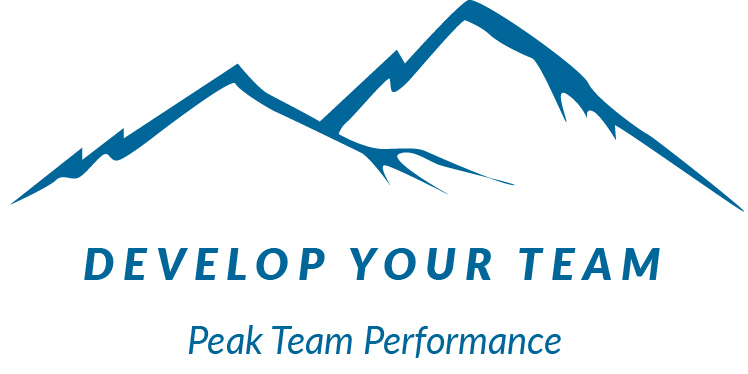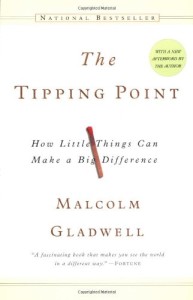 Yesterday we brought home a new puppy. Exciting and wonderful – yes! Absolutely. And also, perhaps, just a little bit scary. Any change, whether perceived to be positive or negative, holds unpredictability. Is this experience going to be as wonderful as we think? How will this change our lives? Change means risk.
Yesterday we brought home a new puppy. Exciting and wonderful – yes! Absolutely. And also, perhaps, just a little bit scary. Any change, whether perceived to be positive or negative, holds unpredictability. Is this experience going to be as wonderful as we think? How will this change our lives? Change means risk.
In her podcast Creativity and Risk Taking, Amy Climer talks about how we experience a sense of risk when the outcome of what we are doing is uncertain. So even when engaging in something we think will have a favorable outcome, it can feel risky. Any change can be stressful.
As individuals and as members of groups, we encounter change constantly. Some changes are small, others more significant; some work in our favor, others may work against us. Sometimes we cope with change better than other times. Think about a recent change that you’ve experienced. What are the things that helped you to be most successful at managing that change?
Here are some of the things my new puppy is teaching me about successfully managing change:
- Learn as much as you can about the upcoming change. Read books, talk to people who’ve had similar experiences, talk to others who have expertise in situations like yours, use technology to broaden your understanding.
- Prepare! In addition to learning all that you can, prepare your environment in advance. Consider the supplies you need and have them ready. Make a plan for how you will integrate this change into your daily life. Who is going to be responsible for what? How might your schedule or activities need to be modified? What support will you need from others?
- Trust your own instincts. Listen to the experts, and at the same time, remember that every situation is different and yours may not fit neatly into the examples provided by experts.
- Be ready to adapt when something unexpected happens. It always does!
- Pay attention to what your experiences are teaching you and apply those lessons going forward.
- Forgive yourself when things don’t go exactly as planned. There are almost always setbacks and mistakes along the way. Learn from them and move on.
- Stay positive!
I’ve learned a lot in just one day. Imagine how much more I’ll be learning from this puppy in the years to come!






